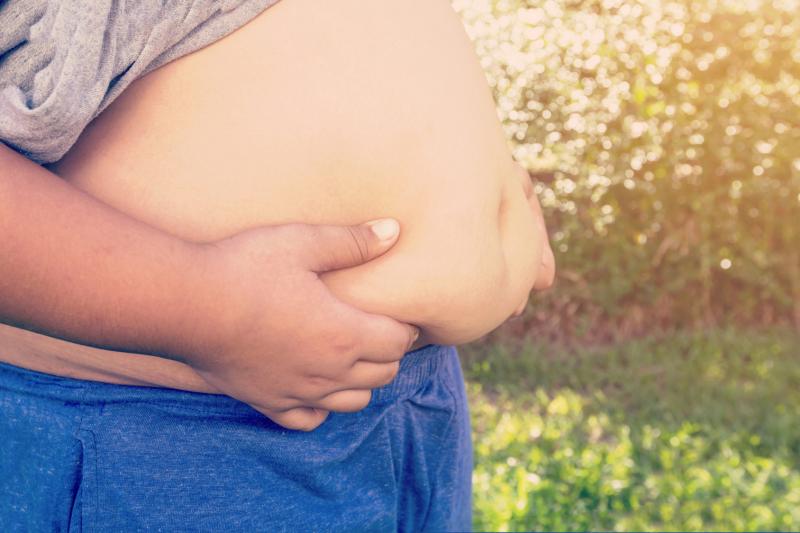 73% of workers aged above 40 were also found to be overweight or obese.
73% of workers aged above 40 were also found to be overweight or obese.A weakened correlation between fructosamine and glycated haemoglobin (HbA1c) levels may be indicative of obesity in type 2 diabetes (T2D) patients, reports a new study.
Researchers conducted a prospective, single-centre study including 112 T2D patients, in whom body fat mass and fat-free mass were measured using dual-energy x-ray absorptiometry, while visceral and subcutaneous fat areas were assessed using magnetic resonance imagine. Blood samples were withdrawn and subjected to the appropriate assays for the quantification of HbA1c and fructosamine.
The median body mass index (BMI) in the study population was 34.9 kg/m2, and patients were divided into two groups: those fell above (n=56; mean age, 55.8±11.0 years) or below (n=56; mean age, 59.1±11.9 years) the median BMI.
In the overall sample, fructosamine shared a strong and significant correlation with HbA1c (r, 0.532; p<0.0001). Analysis according to BMI, however, showed important differences. While the interaction remained strong in patients below the median BMI (r, 0.765; p<0.0001), the magnitude of the correlation was almost halved in those above the median (r, 0.358; p=0.007).
Moreover, the regression line was significantly steeper in patients below the median BMI than in those above, such as the slopes of the two lines were significantly different (p=0.002).
Aside from BMI and HbA1c, fructosamine levels were also significantly correlated with fasting blood glucose (r, 0.366; p<0.0001) and fat mass (r, –0.296; p=0.002). No such interactions were reported for fat-free mass, liver fat, subcutaneous fat, and visceral fat.